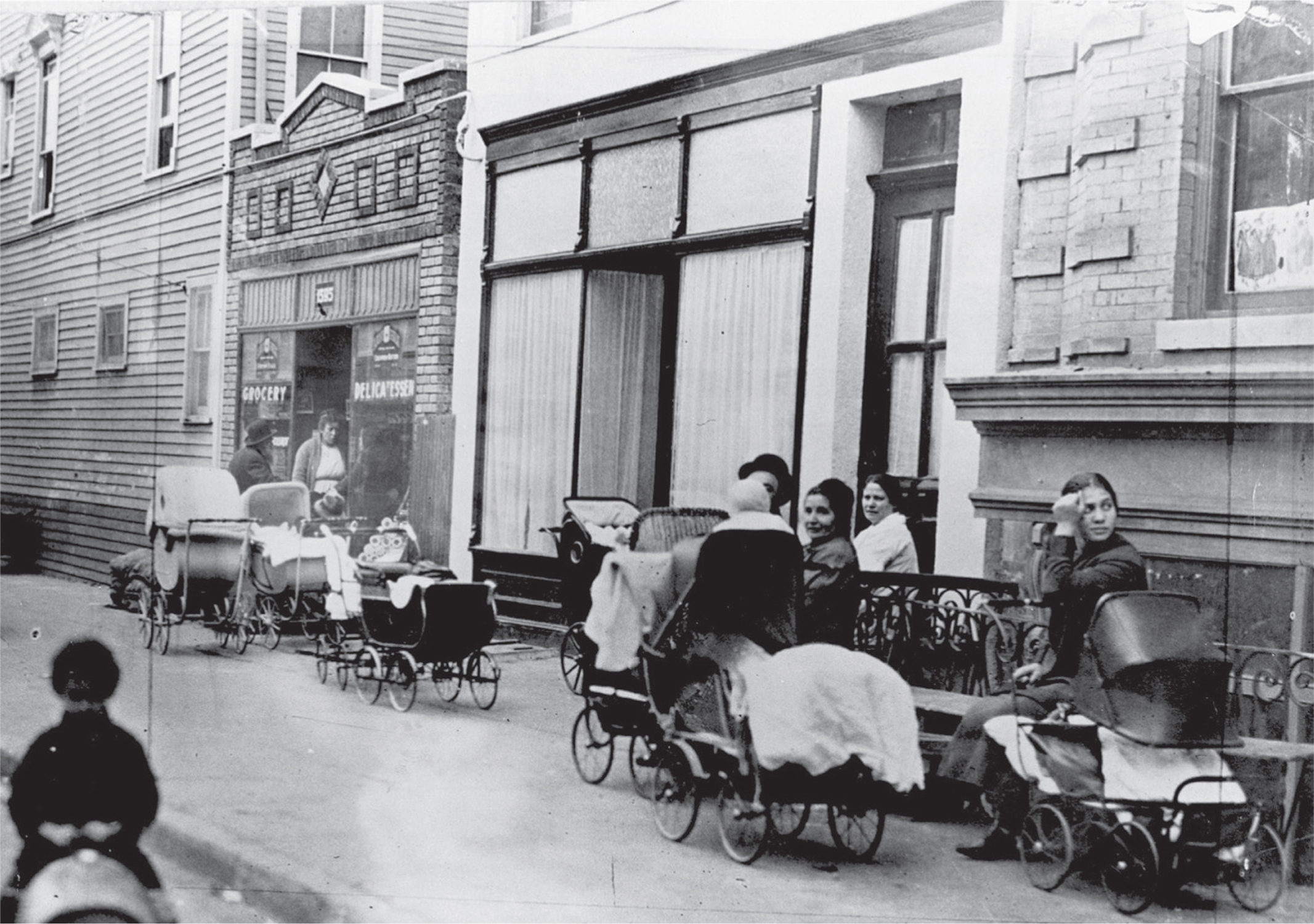The American Promise:
Printed Page 607
The American Promise Value
Edition: Printed Page 571
Radical Alternatives
The year 1900 marked the birth of the Social Democratic Party in America, later called simply the Socialist Party. Like the progressives, the socialists were middle-
The Socialist Party chose as its presidential standard-
Further to the left and more radical than the socialists stood the Industrial Workers of the World, nicknamed the Wobblies. In 1905, Debs, along with Western Federation of Miners leader William Dudley “Big Bill” Haywood, created the IWW, “one big union” dedicated to organizing the most destitute segment of the workforce, the unskilled workers disdained by Samuel Gompers’s AFL: western miners, migrant farmworkers, lumbermen, and immigrant textile workers. Haywood, a craggy-
In contrast to political radicals like Debs and Haywood, Margaret Sanger promoted the birth control movement as a means of social change. Sanger, a nurse who had worked among the poor on New York’s Lower East Side, coined the term birth control in 1915 and launched a movement with broad social implications. Sanger and her followers saw birth control not only as a sexual and medical reform but also as a means to alter social and political power relationships and to alleviate human misery. By having fewer babies, the working class could constrict the size of the workforce and make possible higher wages and at the same time refuse to provide “cannon fodder” for the world’s armies.
The desire for family limitation was widespread, and in this sense birth control was nothing new. The birthrate in the United States had been falling consistently throughout the nineteenth century. The average number of children per family dropped from 7.0 in 1800 to 3.6 by 1900. But the open advocacy of contraception, the use of artificial means to prevent pregnancy, struck many people as both new and shocking. And it was illegal. Anthony Comstock, New York City’s commissioner of vice, promoted laws in the 1870s making it a felony not only to sell contraceptive devices like condoms and cervical caps but also to publish information on how to prevent pregnancy.
When Sanger used her militant feminist paper, the Woman Rebel, to promote birth control, the Post Office confiscated Sanger’s publication and brought charges of obscenity against her. Facing arrest, she fled to Europe, only to return in 1916 as something of a national celebrity. In her absence, birth control had become linked with free speech and had been taken up as a liberal cause. Under public pressure, the government dropped the charges against Sanger, who undertook a nationwide tour to publicize the birth control cause.
Sanger then took direct action, opening the nation’s first birth control clinic in the Brownsville section of Brooklyn in October 1916. Located in the heart of a Jewish and Italian immigrant neighborhood, the clinic attracted 464 clients. On the tenth day, police shut down the clinic and threw Sanger in jail. By then, she had become a national figure, and the cause she championed had gained legitimacy, if not legality. Sanger soon reopened her clinic. After World War I, the birth control movement would become much less radical. Altering her tactics to suit the conservative temper of the times, Sanger sought support from medical doctors. She even jumped aboard the popular fad of eugenics, a racist genetic theory that warned against allowing the “unfit” to reproduce. But in its infancy, birth control was part of a radical vision for reforming the world that made common cause with the socialists and the IWW in challenging the limits of progressive reform.
